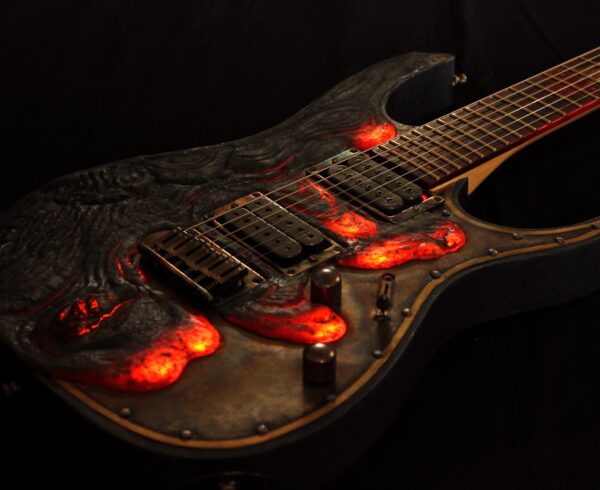At some point in our conversations, nearly all the artists we work with will ask, “What kind of artists do you usually work with?”. With no sense of cliche or glibness, we can only ever respond in the same way – “literally any you can think of”. We really do mean it.
We’ve worked with Extreme and Black Metal Bands; Opera Singers; Minimalist Pianists; Dancehall Singers; Experimental Electro Artists; Easy Listening Artists…nothing phases us. We have the experience, contacts and knowledge to easily cater for any kind of music. Likewise, there are musicians and composers we’ve worked with from all corners of the world: Brazil; Russia; DR Congo; Tanzania, Liberia; New Zealand; Greece…even Réunion Island! What unites all these eclectic, incongruous sounds? Simple – it’s the people.
We have yet to find a genre of music in which the artists behave in an unusually unhelpful manner or who don’t have equally fascinating stories and intriguing angles which will capture an audience’s imagination. Reinforcing this is a new study reported by the BBC, which has shown that listening to Death Metal has no more a negative effect on a person than listening to any other genre of music – in fact, it was seen to be as equally uplifting.
https://www.bbc.co.uk/news/science-environment-47543875
“[Death metal] fans are nice people,” said Prof Bill Thompson, from the Macquarie University, which is based in Sydney, Australia. “They’re not going to go out and hurt someone.”
This latest study is part of a decades-long investigation by Prof Thompson and his colleagues into the emotional effects of music. These effects, he explained, are complex.
“Many people enjoy sad music, and that’s a bit of a paradox – why would we want to make ourselves sad?” he asked. “The same can be said of music with aggressive or violent themes. For us, it’s a psychological paradox – so [as scientists] we’re curious, and at the same time we recognise that violence in the media is a socially significant issue.”
With a classic psychological experiment that probes people’s subconscious responses; and by recruiting death metal fans to take part. The test involved asking 32 fans and 48 non-fans listen to death metal or to pop, whilst looking at some pretty unpleasant images.
 Image copyright AFP
Image copyright AFPLead researcher Yanan Sun explained that the aim of the experiment was to measure how much participants’ brains noticed violent scenes, and to compare how their sensitivity was affected by the musical accompaniment.
To test the impact of different types of music, they also used a track they deemed to be the opposite of [death metal band] Bloodbath’s ‘Eaten’.
“We used ‘Happy’ by Pharrell Williams as a [comparison],” said Dr Sun.
Each participant was played Happy or Eaten through headphones, while they were shown a pair of images – one to each eye. One image showed a violent scene, such as someone being attacked in a street. The other showed something innocuous – a group of people walking down that same street, for example.
“It’s called binocular rivalry,” explained Dr Sun. The basis of this psychological test is that when most people are presented with a neutral image to one eye and a violent image to the other – they see the violent image more.
“The brain will try to take it in – presumably there’s a biological reason for that, because it’s a threat,” Prof Thompson explained.
“If fans of violent music were desensitised to violence, which is what a lot of parent groups, religious groups and censorship boards are worried about, then they wouldn’t show this same bias. But the fans showed the very same bias towards processing these violent images as those who were not fans of this music.”







Leave a Comment